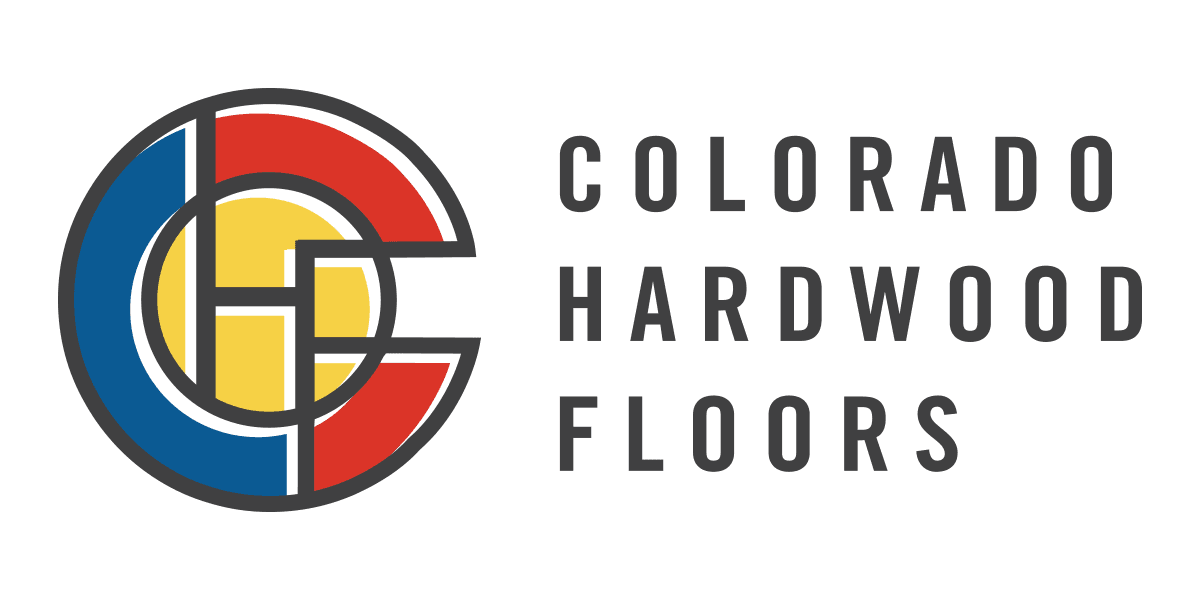Hardwood floors have long been the most desired floors that you could choose from. For centuries, hardwood has been used to create long-lasting floors that have stood the test of time in terms of resilience as well as style. However, there’s one thing that can hold back many people from getting the hardwood floor they really want; that’s the price. Hardwood is not the least expensive of all flooring options, especially in the age of synthetic floors. However, there are several things you can do that will keep the price of your hardwood floor low. When you consider the resilience of a hardwood floor, you might even save money. Also, hardwood floors have been shown to increase the value of a property; thus, they’re an investment. So, here’s how you can save money on your hardwood floor.
Multiple Batches of Wood
Hardwood flooring planks are sold in batches; ideally, the batches of wood are from the same tree. They are batched because they are of the same quality, the grain matches, and the color is similar. However, it can be difficult to find a single batch of wood that covers your entire floor. That means that small batches of wood are oftentimes discounted because they’re less useful. If you want to save money on your hardwood floor, you could choose several discounted batches of wood.
The small batches of wood won’t cover your floor, but you can mix and match them to create a multicolored floor. When you are mixing multiple batches of wood, you should actually try to find batches that don’t match at all. If you try to find batches that are similar, it might look like you made a mistake. If, on the other hand, you choose drastically different batches of wood, it will look like a deliberate stylistic decision.
Burn Pile
At construction sites or hardwood flooring manufacturers, there are often piece of wood that are not fit for production. The pile of these discarded pieces is often called the burn pile because they’re going to be discarded. However, many companies don’t actually burn them anymore. Instead, they sell them as factory seconds or factory rejects. If you choose them, you’ll save a considerable amount of money on your wooden planks.
The factory rejects will be have cosmetic problems that are often thought of as flaws but work great if you’re trying to design a rustic look. Some of them will have structural defects that will require you to discard them, but most of them will be usable.
